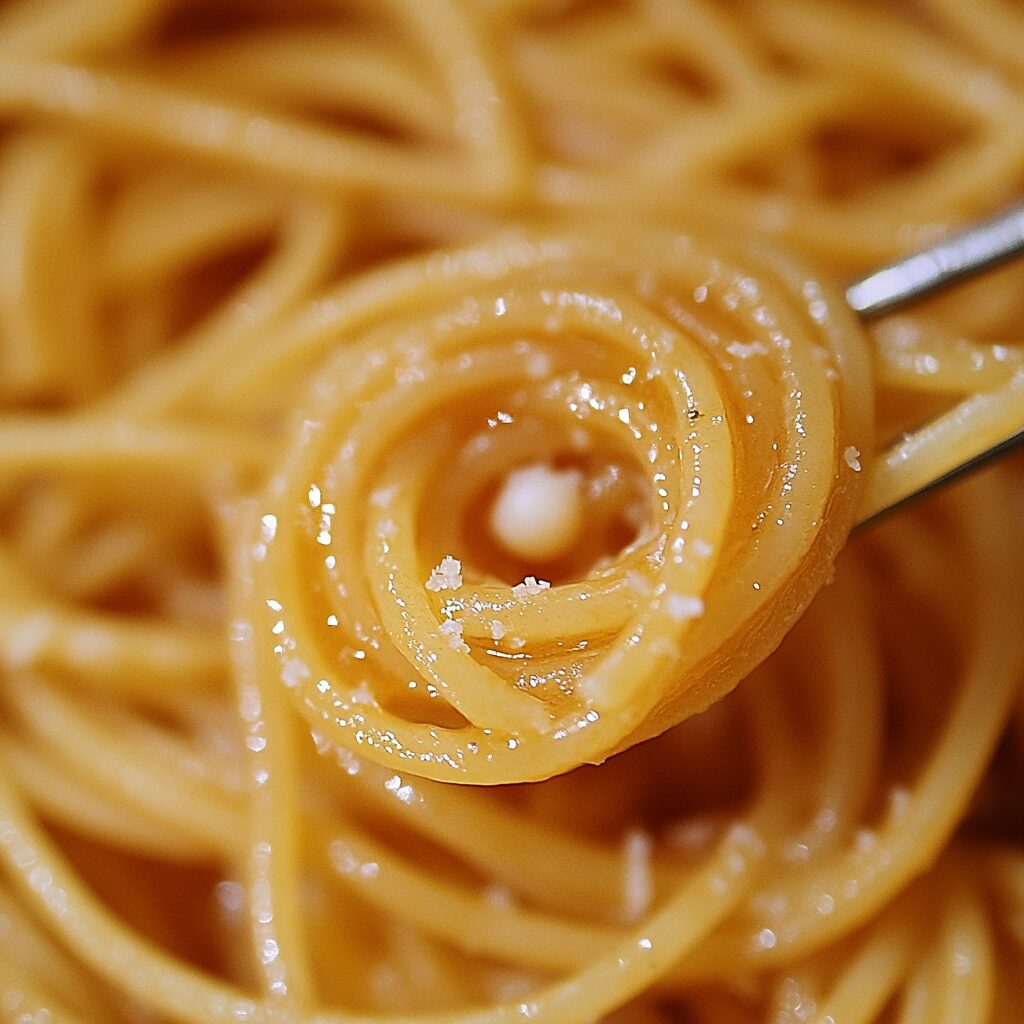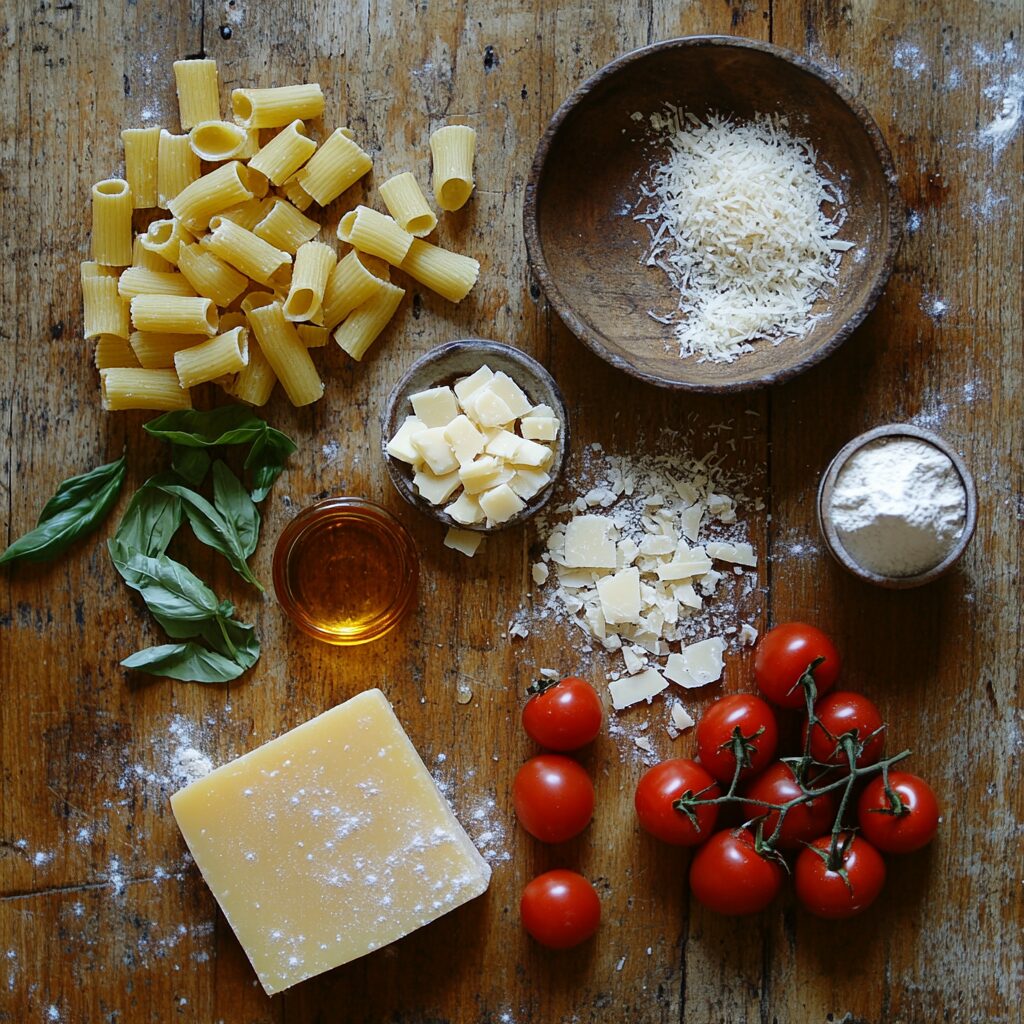While many believe they’ve mastered the art of pasta preparation, there’s one trick that Italians rarely share with outsiders. It’s not about fancy ingredients or complex techniques. Instead, it’s a fundamental approach that transforms ordinary pasta into a transcendent experience. Ready to uncover the secret that sets Italian pasta apart?
Italians don’t just throw pasta into any pot
The foundation of perfect pasta begins with the right vessel. Contrary to popular belief, Italians don’t simply toss their pasta into whatever pot is handy. They understand that the size and shape of the cooking pot play a crucial role in the final texture of the pasta.
Italian chefs insist on using a large pot with plenty of water. The rule of thumb is 5-6 quarts of water per pound of pasta. This generous amount of water serves two purposes: it allows the pasta to move freely as it cooks, preventing it from sticking together, and it maintains a more stable temperature when the pasta is added.
Using a pot that’s too small can result in gummy, unevenly cooked pasta. So, next time you’re preparing spaghetti for two, resist the urge to use that small saucepan. Your taste buds will thank you for the extra effort of hauling out the big pot.
The water isn’t just hot, it’s an ocean
Once you’ve selected the right pot, it’s time to talk about water. But not just any water – we’re talking about water so salty it rivals the Mediterranean Sea. This is where many non-Italians fall short, timidly sprinkling in a pinch of salt and calling it a day.
Italian tradition dictates using about 2 tablespoons of kosher salt or “sale grosso” per pound of pasta. This might seem excessive, but remember: the pasta absorbs only a fraction of this water. The result? Pasta that’s seasoned from within, not just coated with flavor on the outside.
But here’s the kicker: timing is everything. Add the salt only after the water has come to a full boil. Why? It’s not just superstition – adding salt to cold water can pit your cookware over time. Plus, salted water takes longer to boil, so this method is more energy-efficient.
Al dente isn’t just a phrase, it’s a science

“Al dente” is perhaps the most misunderstood term in pasta preparation. It’s not just a vague description of firmness – it’s a precise state of doneness that Italians pursue with scientific precision.
The secret lies in understanding the structure of pasta. As it cooks, the starch granules on the outside of the pasta absorb water and swell, while the center remains firmer. The perfect al dente pasta has a tiny core of uncooked starch at its center – what Italians poetically call the “anima” or soul of the pasta.
To achieve this, Italian cooks advise testing the pasta a couple of minutes before the package’s suggested cooking time. Bite into a piece and look for a tiny white dot in the center. That’s your signal that the pasta is perfectly al dente. Remember, the pasta will continue to cook slightly after you drain it, so timing is crucial.
Pasta water isn’t waste, it’s liquid gold
Here’s where the magic really happens. While many home cooks simply drain their pasta and discard the cooking water, Italians know better. That starchy, salty water is the secret ingredient that turns a good pasta dish into an extraordinary one.
Before draining your pasta, always reserve a cup of the cooking water. This liquid contains dissolved starch from the pasta and is perfectly seasoned. When you’re ready to combine your pasta with the sauce, add a splash of this water. It helps the sauce cling to the pasta, creates a silky texture, and adjusts the consistency of your dish.
What if you forget to save some water before draining? Don’t panic. In a pinch, you can use hot tap water with a pinch of salt dissolved in it. It won’t be quite the same, but it’s better than nothing.
Rinsing pasta is a cardinal sin

If you’ve been rinsing your pasta after cooking, prepare for a revelation. This common practice is considered sacrilege in Italian kitchens. Why? Because rinsing washes away the surface starch that helps sauce adhere to the pasta.
The only exception to this rule is when preparing cold pasta salads. In this case, a quick rinse stops the cooking process and prevents the pasta from becoming mushy. But for hot pasta dishes? Never rinse. Instead, have your sauce ready and waiting in a large pan, then transfer the pasta directly from the pot to the sauce.
This immediate transition from pot to sauce allows the pasta to finish cooking in the sauce, absorbing its flavors and creating a cohesive dish rather than simply noodles with a topping.
The marriage of pasta and sauce is sacred
In Italy, serving pasta and sauce separately is unthinkable. The true art lies in the perfect union of pasta and sauce, a process that begins before the pasta is even fully cooked.
Italian chefs recommend undercooking the pasta by 1-2 minutes, then finishing it in the pan with the sauce. This method allows the pasta to absorb the flavors of the sauce while releasing its starches, creating a harmonious blend.
During this final cooking stage, add a ladleful of the reserved pasta water. Toss the pasta with the sauce over medium heat, stirring constantly. The starchy water will help emulsify the sauce, coating each strand of pasta evenly. This technique, known as “mantecare” in Italian, is the key to achieving that restaurant-quality texture at home.
Quality ingredients aren’t just preferred, they’re essential

While technique is crucial, Italians understand that the foundation of great pasta lies in the quality of ingredients. This doesn’t mean breaking the bank, but rather choosing each component thoughtfully.
Start with the pasta itself. Opt for pasta made from 100% durum wheat semolina, preferably produced in Italy. These pastas have a rougher texture that allows sauces to cling better. Brands like De Cecco, Barilla, or Garofalo are widely available and offer excellent quality.
For tomato-based sauces, San Marzano tomatoes are the gold standard. Their sweet flavor and low acidity make them perfect for pasta sauces. And when it comes to cheese, nothing beats freshly grated Parmigiano-Reggiano or Pecorino Romano. The pre-grated stuff in a shaker? That’s a quick way to make an Italian chef weep.
Less is more when it comes to toppings
In Italy, pasta is not a blank canvas for an array of toppings. The philosophy is simple: let the pasta and sauce shine. This means being judicious with additional ingredients.
A sprinkle of fresh herbs, a drizzle of high-quality extra virgin olive oil, or a light dusting of cheese is often all that’s needed to finish a dish. Overloading pasta with too many competing flavors is considered a faux pas. Remember, each region in Italy has its traditional pasta dishes, and these recipes have been perfected over generations. Trust in their simplicity.
What if you’ve made too much pasta? Contrary to popular belief, Italians don’t reheat leftover pasta in the microwave. Instead, they might transform it into a frittata di pasta or pasta al forno, breathing new life into yesterday’s meal.
The true secret to perfect Italian pasta isn’t just one trick – it’s a culmination of techniques, traditions, and a deep respect for ingredients. It’s about understanding that pasta is more than just a quick meal; it’s a craft that rewards attention to detail. By adopting these methods, you’re not just cooking pasta; you’re participating in a centuries-old culinary tradition. So the next time you prepare pasta, take a moment to channel your inner Italian chef. Your taste buds will transport you straight to the heart of Italy.

